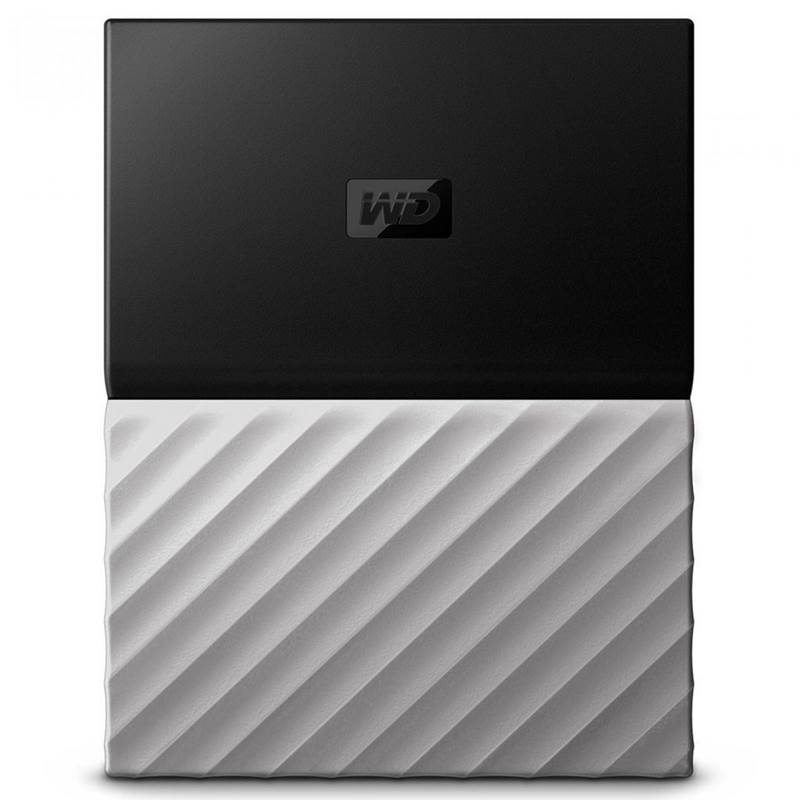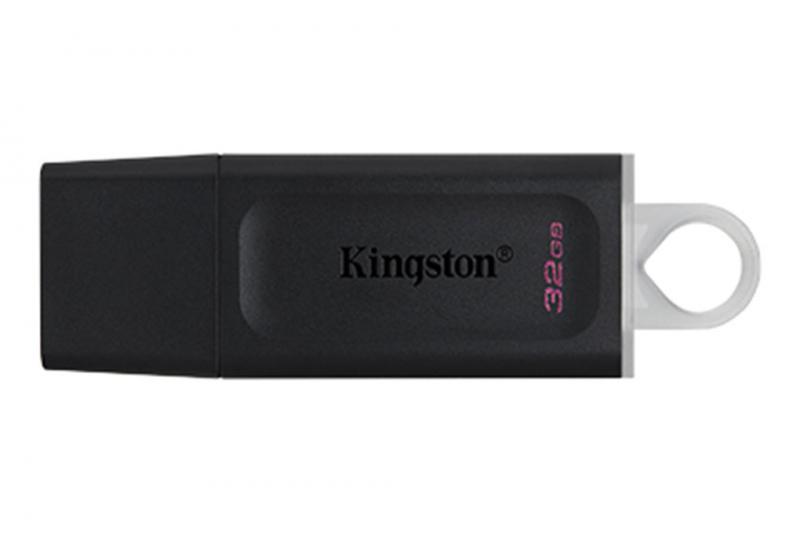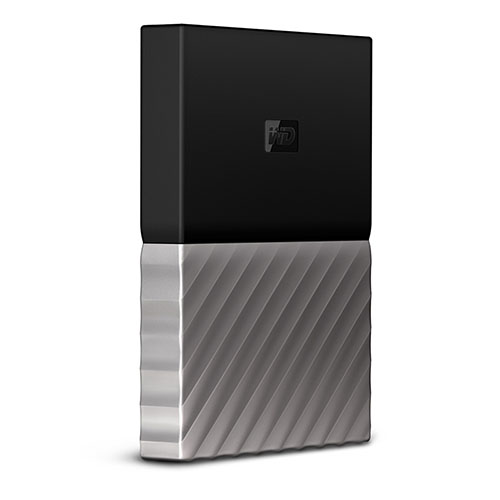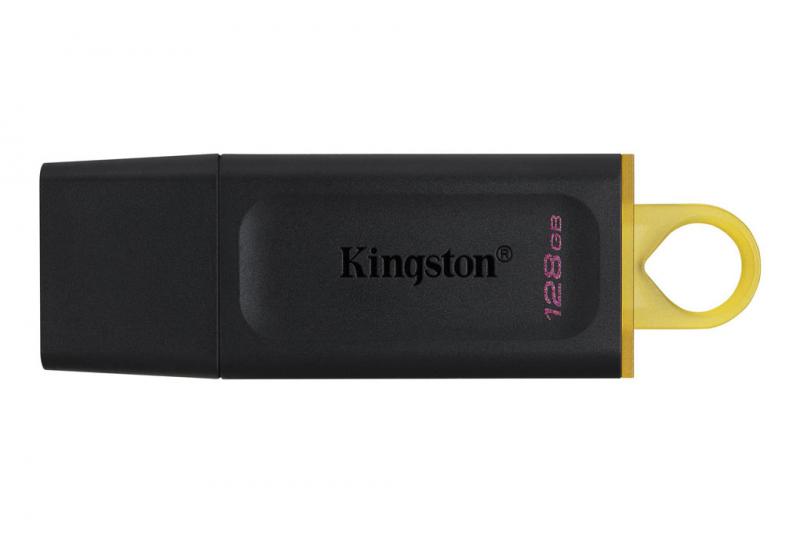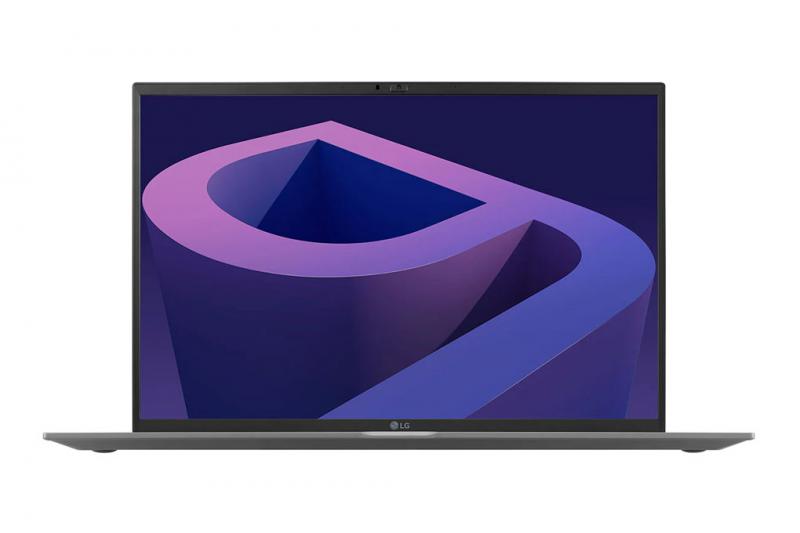For the past few years, I've been seeing more people pushing this idea that everyone needs to be doing the big compound lifts multiple times a week. And why not? After all, more is better, right?
More money is good. More sex is good. More protein is good. More squats and deadlifts must be good too, right?
Well, it turns out there are plenty of caveats that go along with more anything in life. And there's also that pesky diminishing returns thing that comes with "more."
Movements like squats, deadlifts, and bench presses can be trained often and lots of people have had success doing so. Lots of people have also gotten their asses handed to them by using things like daily undulating periodization, where you train the same big lifts 2-4 times a week or more. Or they've seen that approach work for just long enough to post some raving endorsement of it online…and then they came crashing into a wall a week or two later.
Why? Because the truth is, most lifters do a terrible job of taking their foot off of the accelerator. They floor it more often than they don't, and staying in the red most of the time will eventually cause some type of forced rest.
This has led me to explore lower-volume, lower-frequency programming options. One is my Bodybuilding.com All Access program Jacked in 3, where you alternate upper- and lower-body focused sessions in three total sessions a week. Another is to stop cramming two of the biggest lifts—the back squat and deadlift—into the same training week.
You just screamed and clutched your pearls. Well, hear me out.
The Russian Influence
I'm not going to overload this article with a bunch of twelve-week studies done on frat boys in some lifting test tube. I'll just offer up that a recent, well-designed study concluded that daily undulating periodization doesn't offer up any significant advantage in the strength or hypertrophy department when compared with plain ol' linear periodization.[1]
That's just one study, though. The most important factor in making any and every training program effective is that lifters buy into it—how strongly it resonates with their training soul. This isn't something that can be measured in a lab. The variables that make a training program productive are often the intangibles that appeal to an individual.
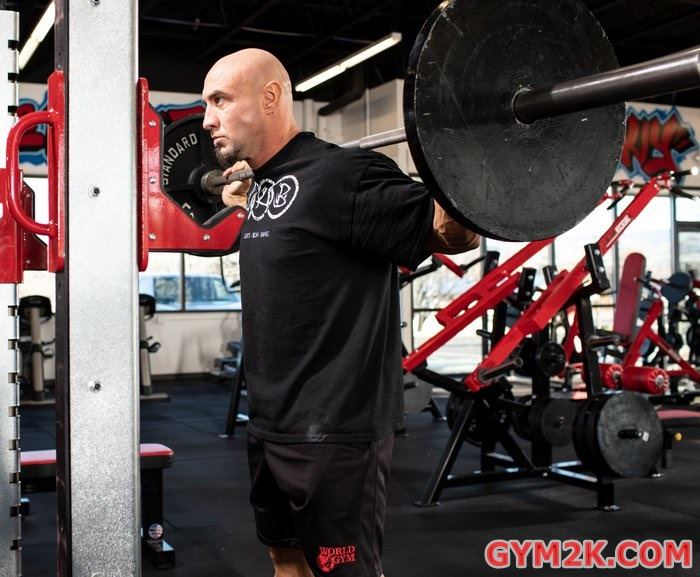
Personally, I trained for decades using very-low-volume approaches with high intensity. This appealed to me and thus, I made progress.
When I started venturing into powerlifting, I kept hearing that such an approach would not work because the lifts needed to be practiced early, often, and late. Lots of volume, many times a week. This was based on systems we had seen used by Russian lifters, where you squatted and benched multiple times a week (usually deadlifting once a week) with great success.
So, I did that. And hated it. It did not appeal to my training soul, and I ended up hating training.
At the same time, I couldn't quite figure out how to create a training methodology around my love of lower volume, combined with high intensity. Not for powerlifting, anyway. I read and read and just couldn't find anything that gave me affirmation and trust that I could train the big three in a more infrequent fashion, and still get strong.
Eventually I stopped reading, and did what I'd done for years and years. I figured it out myself.
Squat and Deadlift Every Other Week
The Internet was still in its infancy during the time I was developing this training strategy. That's one reason why I wasn't finding a lot of information on how to train for pure strength while keeping both frequency and volume lower than most training plans.
What I did know was that the squat and deadlift trained the posterior chain, and that most of the same muscle groups would be getting hit each week, even if I wasn't doing both lifts in a training week.
And while I'm an idiot in many facets of my life, the one area I am not a total ding-dong is figuring out how to make training work for me and my life. Despite the fact that most of the same muscles are trained in the deadlift and squat, they clearly place an enormous amount of tension in some very different areas. Thoracic extensors versus knee extensors, and all that jazz.
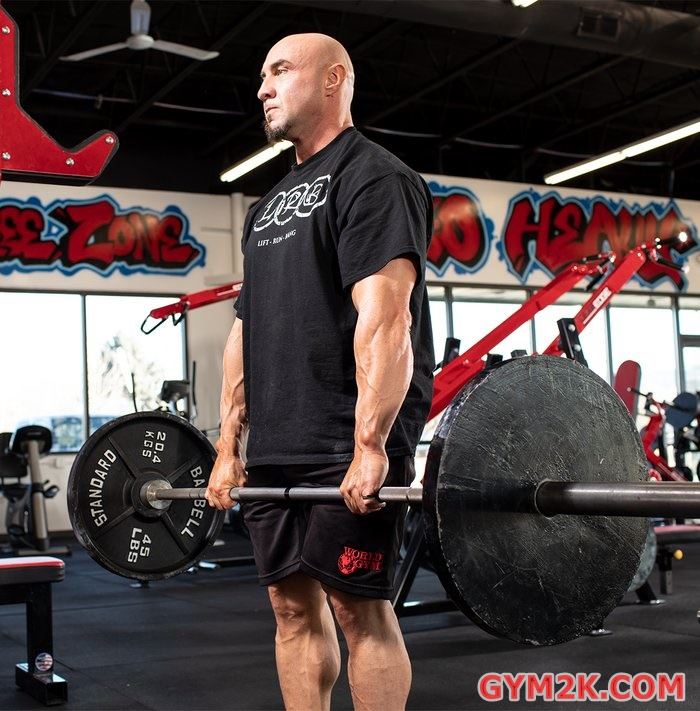
Sure, the quads do get some work in the deadlift, but the knee extension is very minimal. So, on the days I would be deadlifting, I knew I'd need to do some more direct work for the wheels. However, I wanted to make sure said work would not involve much more spinal loading. One thing most lifters don't realize about improving their squat or deadlift is that the erectors recover very slowly, and most often it's localized muscular fatigue in that area that is keeping them from performing at a higher level.
In other words, the squat and deadlift are usually enough to stimulate growth and strength in the erector spinae. After that, you should just leave well enough alone. Throwing in heaps of back extensions and super heavy good mornings is fairly redundant and for the most part useless if you've been doing some superlative deep knee bends and tugs.
It's All About the Assistance Lifts
So, how do you make deads and squats every other week add up to "enough?" It comes down to how you pair these main courses with the appropriate side dishes.
I chose the leg press after I did my deadlifts. It's good quad work, and done properly, spares the lower back and hammers the quads. Properly done leg presses means you use a full range of motion, but not so "full" that it causes you to go into spinal flexion (i.e. rounding at the low back). "Full range of motion" also means not loading up the machine with every plate in the gym to perform a two-inch range of motion.
In my experience, the leg press is also a great support movement for building the deadlift off the floor. What most people don't realize is that the deadlift is not just a pull. It's a serious push off the floor, then a pull over the knees. If you're performing the deadlift properly, then you're not just picking a bar up off the floor. You're pushing the whole world away from you with your legs, and then pulling that slag iron over your knees.
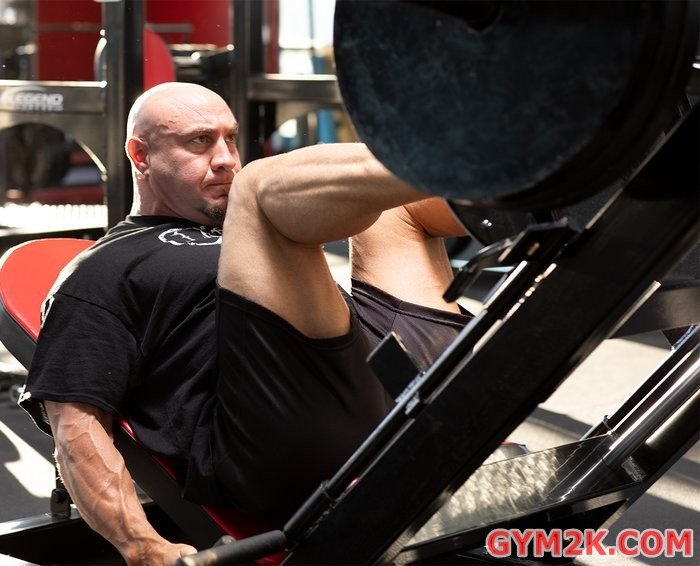
When I write it that way, it truly does sound majestic.
I applied this same thinking to my squat days, but in reverse. Squats, like leg presses, are a great movement for building the deadlift off the floor (leg strength, duh), but I wanted to make sure I was getting in some back work on this day so the muscles that do the majority of the work in the deadlift were still being attended to.
Thus, I chose the barbell row. It's like the Miller Lite version of the deadlift. You still get some axial loading, as the lower back is responsible for holding proper position in a static fashion, but you're never going to properly barbell row anything close to your maximal deadlift. And if you do, you're either doing some shitty barbell rows, or your deadlift flat-out sucks.
On deadlift day, I would occasionally follow up the leg press with a single all-out set of hack squats. On squat day, I'd also follow up the barbell rows with some lat pull-downs. This gave me what I felt like was some completeness within the program.
Here's what it looks like in action:
Week 1, Day 1
Week 1, Day 4
Week 2, Day 1
Week 2, Day 4
I usually trained the squat or deadlift on Monday of each week, and then hit the upper-body work on Thursday. Every once in a while, I would venture in to the gym on a Saturday if either of those sessions blew chunks, and I'd do a lighter version of the same workout. I considered it "make up" work for having a terrible workout. This did not happen often, however. Guys really need to get over their fear of not being in the gym every day of the week, lest they lose their gains.
When I did decide to do a make-up session, though, it was not heavy or balls-out. I would do the movements, but at around 50 percent of what I had used in the planned session for the week, for a few sets. In retrospect, I most likely didn't even need to do these, but I'm human and like most people suffering from the human condition, it was mostly a mental thing to make me feel better about having a down session.
Stop Freaking Out, Start Getting Strong
You may scoff at training two days a week, but let me be clear: This is hard training, and it's not for beginners. I definitely don't recommend this type of training for someone in their first year of training. Noobs do need the practice with the movements, and the simple act of developing that neuromuscular efficiency is plenty to spur on the noob gains we all love.
After a solid year or two of training, this type of approach could be implemented with great success if one were so inclined—and if one had the discipline to make it work.
Since the time I trained this way, I've actually come across a lot of very strong dudes who have used the same approach. The Lilliebridge family, perhaps the strongest family in powerlifting, happened to be one. And they've done alright, to say the least. Jim Wendler, the creator of the iconic 5/3/1 program, later adopted a similar strategy into his own training and did very well with it, too.
This was one of the most productive strength-building routines I ever used. I consistently felt fresh and motivated. I broke rep PRs on an almost weekly basis and never felt beat down, tired, or had nagging overuse injuries. For myself, I didn't suffer from "more" syndrome, and I finally succeeded in making the program work for me, rather than simply working for the program.
If you simply love being in the gym all the time, that's great. But, if lower frequency and volume appeals to you, then give this a run. I think you'll be happy with the gains.
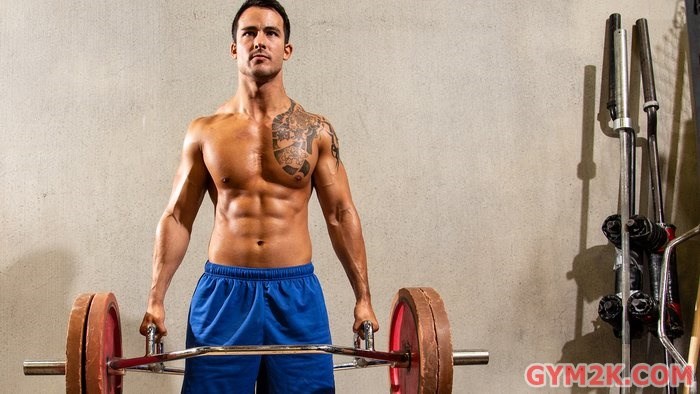
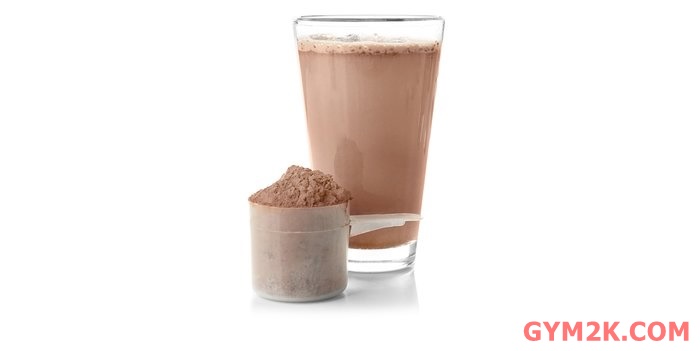

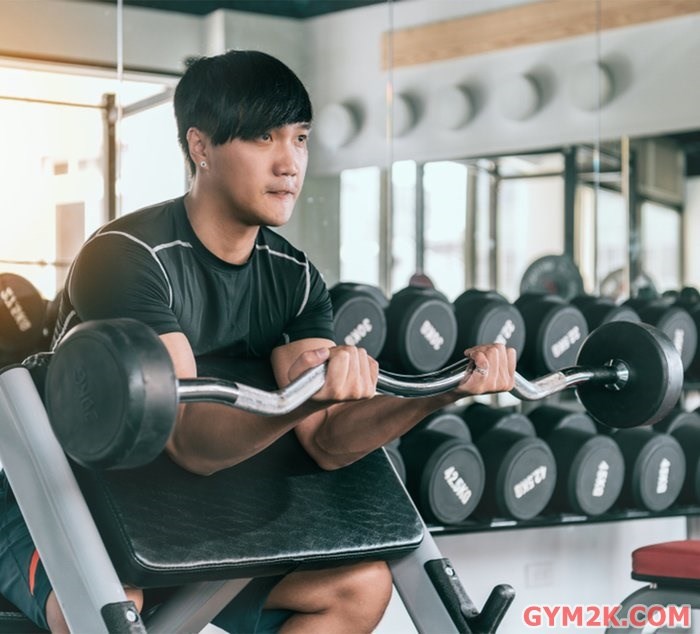


 Image copyrightAFP
Image copyrightAFP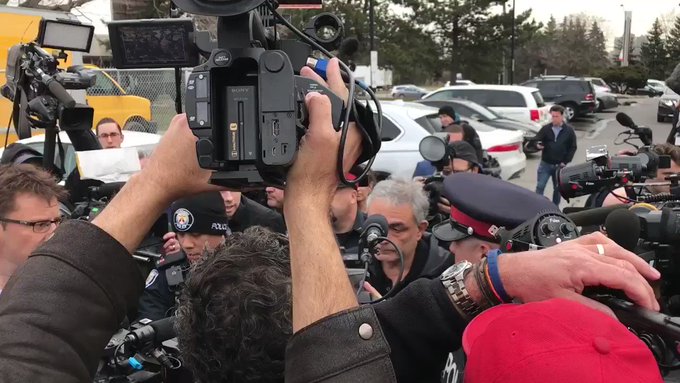

 Image copyrightINSTAGRAM/VODKAWATERPAPIImage captionThe suspect confronted a police officer and claimed to have a gun
Image copyrightINSTAGRAM/VODKAWATERPAPIImage captionThe suspect confronted a police officer and claimed to have a gun
 Image copyrightLINKEDIN
Image copyrightLINKEDIN
 Image copyrightFACEBOOKImage captionAnne Marie D'Amico was "full of life", her colleague said
Image copyrightFACEBOOKImage captionAnne Marie D'Amico was "full of life", her colleague said

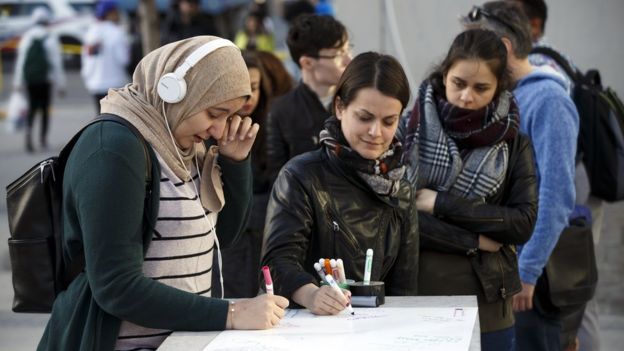 Image copyrightGETTY IMAGESImage captionPeople signed a memorial card for the victims near the scene
Image copyrightGETTY IMAGESImage captionPeople signed a memorial card for the victims near the scene

 Image copyrightGETTY IMAGESImage captionMr Trump wipes away "dandruff" from Mr Macron's shoulder
Image copyrightGETTY IMAGESImage captionMr Trump wipes away "dandruff" from Mr Macron's shoulder Image copyrightGETTY IMAGESImage captionThe dining room has been prepared ahead of Tuesday dinner
Image copyrightGETTY IMAGESImage captionThe dining room has been prepared ahead of Tuesday dinner








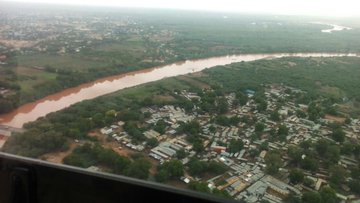

















 Image copyrightGETTY IMAGES
Image copyrightGETTY IMAGES